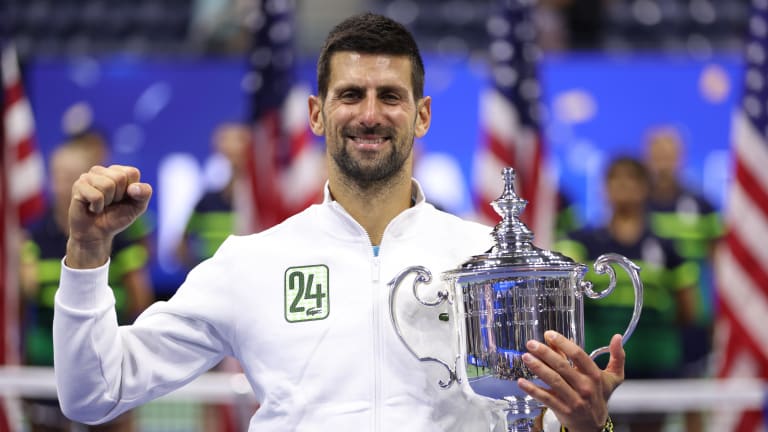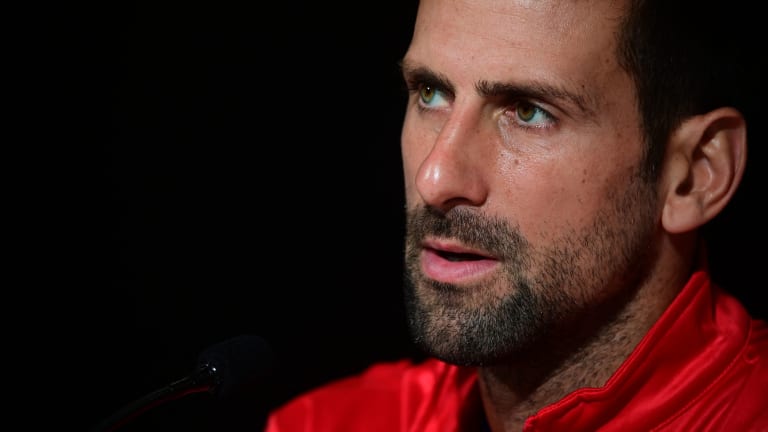2023 Year in Review
Novak Djokovic is still hungry, after all these years
By Dec 04, 20232023 Year in Review
Top 5 Must-Follow Accounts of 2023, No. 1: Daria Kasatkina and Natalia Zabiiako are tennis' top storytellers with joint vlog
By Dec 29, 20232023 Year in Review
Top 5 Must-Follow Accounts of 2023, No. 2: From lip-syncing to Beyoncé to dunking on haters, Coco Gauff is queen
By Dec 28, 20232023 Year in Review
Top 5 Must-Follow Accounts of 2023, No. 3: From puppy posts to tennis takes, Daria Saville keeps it real
By Dec 27, 20232023 Year in Review
Top 5 Must-Follow Accounts of 2023, No. 4: Morgan Riddle is TikTok's favorite tennis tour guide
By Dec 26, 20232023 Year in Review
Top 5 Must-Follow Accounts of 2023, No. 5: Casper Ruud love-hates social media, and we love him for it
By Dec 25, 20232023 Year in Review
The 2023 Baseline Awards: Is time the only thing that can stop Novak Djokovic?
By Dec 22, 20232023 Year in Review
The 2023 Baseline Awards: WTA Finals clinches Wildest Tournament
By Dec 21, 20232023 Year in Review
The 2023 Baseline Awards: Coco Gauff's US Open coronation is our most patriotic moment
By Dec 20, 20232023 Year in Review
The 2023 Baseline Awards: Ons Jabeur moves tennis world with biggest tearjerker moment
By Dec 19, 2023Novak Djokovic is still hungry, after all these years
Wherever you place his 2023 season all time, there’s one important metric that can’t be worked into any number-crunching ranking formula.
Published Dec 04, 2023
Advertising

With his 2023 Grand Slam successes, Djokovic now has 10 Australian Opens, three Roland Garros titles, seven Wimbledons and four US Opens.
© 2023 Getty Images
Advertising
Advertising

"It doesn't really even seem that he looks like he's going to stop," 26-year-old Alexander Zverev said of 36-year-old Novak Djokovic.
© AFP via Getty Images